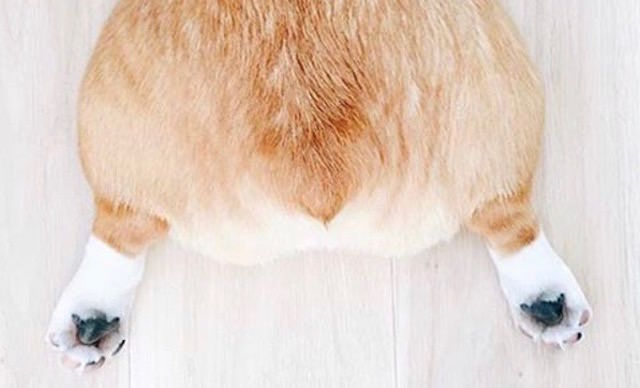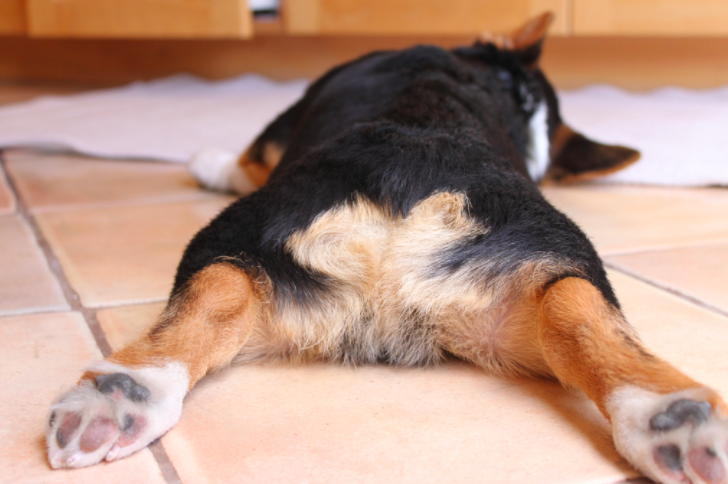We all love our dogs from the tip of their nose to the tip of their tails, but dogs’ butts are not usually the topic of dinnertime conversation. A dog’s anus and the surrounding area (called the perineum) are not what we think of first when we think of our dog, but there are some important things that all dog owners need to know about their dog’s butt.
Butt It’s About Multitasking
A dog’s butt is more than just a “poop chute.” Although the rectum and anus serve a critical purpose in removing wastes from the body, that function is not all that goes around in the rear zone. Your dog has anal glands that located on either side of the rectum and produce a foul smelling fluid. These same structures are slightly modified for use by a skunk to spray, so you can imagine that they are capable of some real stink! For dogs, they seem to serve little purpose other than marking and identification. Because the glands occupy real estate close to the anus, they can become infected, abscess and rupture.

You Got A Lotta Nerve
The perineal area has a lot of nerves and is a very sensitive area. This means that if your dog has any issue back there, it hurts… a lot! Bite wounds, lacerations and infections can all occur in this area and if your dog has something going on in the area, it is truly a pain in the rear. Anything that happens near the anus has a potential to be very uncomfortable for a dog, even routine grooming. Keep clipping and handling the area to a minimum and ask your groomer not to try to express the anal glands. Anal gland expression and manipulation should be done by a licensed veterinarian under sedation because of the level of potential pain.
It’s More Than A Feeling
Not only pain is heightened in the perineal area, itching can be intense here also and is sometimes associated with allergic disease, worms or even fleas. Most of the issues that cause perineal issues will require a vet’s help. The same story holds true here. If your dog seems uncomfortable around this area, she probably is even more uncomfortable than she seems.
There are no “ifs”, “ands” or “buts ”about it. You need to know what is normal for your dog and his butt. Make a habit of examining the area, maybe whenever you bathe your dog, so you know what is normal for him. If you see anything that seems odd, ask your vet. Of course, if you notice an injury, drainage or your dog is paying an awful lot of attention to his rear, he needs help right away, so do not delay. Your dog will thank you from his head to his tail!

Do you love dogs and want to learn more? Follow me on Facebook by clicking here.
